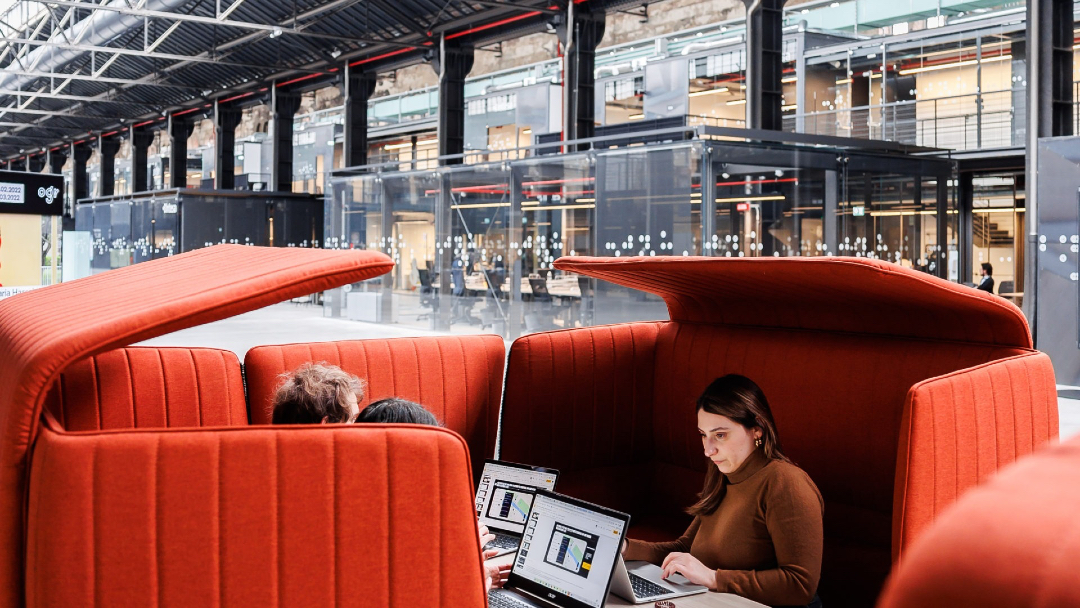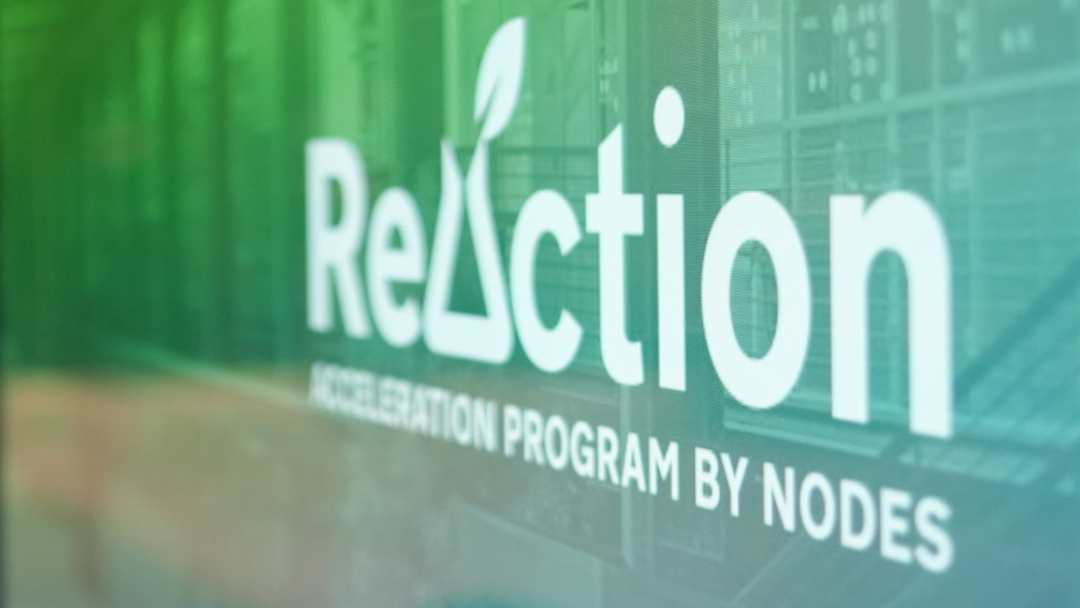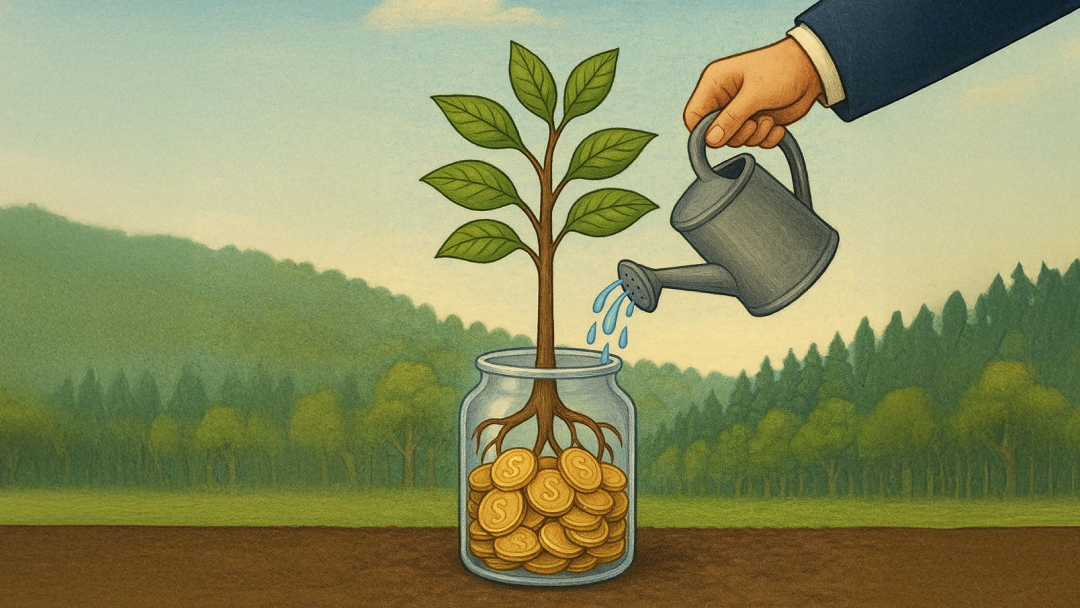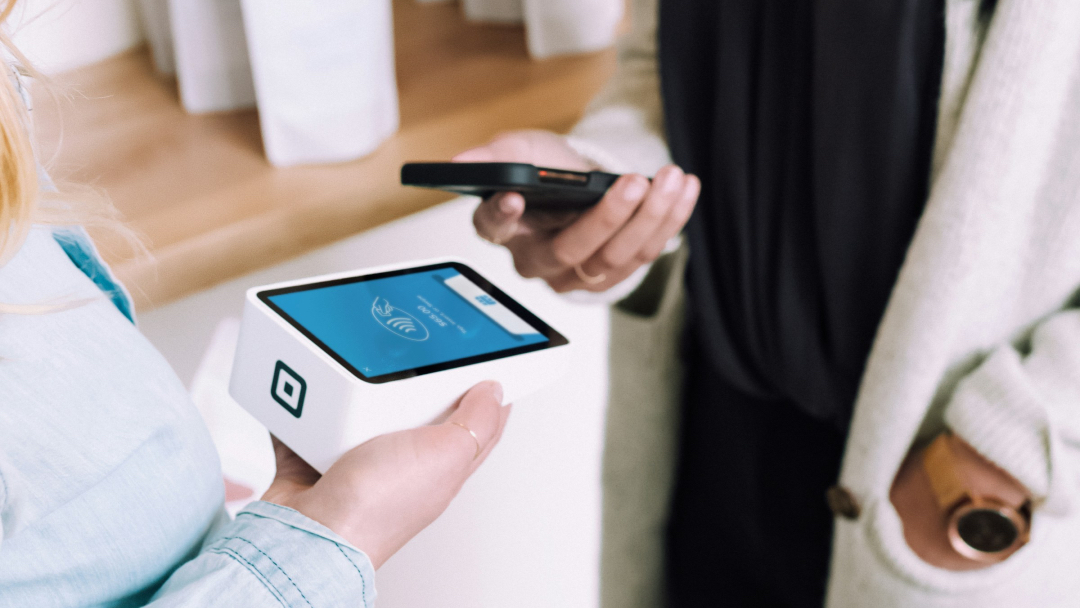Risorsa realizzata da TORO Legal Hub
Al giorno d’oggi, il software e gli applicativi assumono un ruolo centrale nella nostra società agevolando e migliorando non solo la nostra vita quotidiana ma anche i complessi processi industriali, rappresentando senz’altro un asset fondamentale e strategico per le startup, PMI innovative ma anche per le grandi imprese con fatturati multimilionari.
Il software può essere tutelato sia sotto il profilo del diritto d’autore – ciò che approfondiremo qui di seguito – sia sotto il profilo brevettuale.
Il diritto d’autore tutela il soggetto creatore del software, definito dalla legge come programma per elaboratore elettronico, inteso come l’insieme di programmi che permette al computer e quindi a tutto il sistema operativo di eseguire particolari attività e operazioni richieste. In altre parole, il software consiste in una sequenza di istruzioni espresse in un determinato linguaggio che per effetto del caricamento in un elaboratore comandano lo svolgimento ordinato di determinate attività. Queste istruzioni possono essere espresse in un linguaggio comprensibile all’uomo (c.d. codice sorgente) oppure soltanto alla macchina che le riceve interpreta ed esegue (c.d. codice oggetto).
L’intera disciplina del diritto d’autore (Legge 22 Aprile 1941, N. 633, Protezione del diritto d’autore e di altri diritti connessi al suo esercizio) è applicabile ai programmi per elaboratore in qualsiasi forma espressi purché originali, quale risultato di creazione intellettuale dell’autore. La tutela si estende anche al codice sorgente ossia al codice esplicativo dei passaggi che compongono il software e dunque alla sua architettura complessiva: esso è tutelabile come qualunque altra opera letteraria. Inoltre, trova tutela anche tutto il materiale preparatorio per la progettazione del programma stesso vale a dire anche il codice oggetto. Secondo quanto disposto dall’articoli 2, n. 8, l.d.a., oggetto della tutela non è solo il programma (e, dunque, il suo codice sorgente e codice oggetto), ma anche “il materiale preparatorio per la progettazione del programma stesso”. Sempre in quest’articolo si stabilisce che “restano esclusi dalla tutela accordata dalla presente legge le idee e i principi che stanno alla base di qualsiasi elemento di un programma, compresi quelli alla base delle sue interfacce”. Pertanto, con il diritto d’autore viene tutelato il codice sorgente nel linguaggio in cui è scritto e nello stesso modo è tutelato anche il codice oggetto (ossia la traduzione del linguaggio del programma in bit o linguaggio macchina) e il materiale preparatorio, ma non le idee ed i principi alla base del codice sorgente od oggetto di un programma.
Tutelabilità del software
Per ottenere tutela, il software deve avere una sua creatività, quindi un’originalità di rappresentazione delle sequenze logiche. Creatività e originalità possono sussistere anche quando l’opera è composta da idee e nozioni semplici comprese nel patrimonio intellettuale di persone con esperienza nella materia propria dell’opera stessa purché formulate e organizzate in modo personale e autonomo rispetto alle precedenti. Inoltre, il software ha un’identità intellettuale originale se, pur avvalendosi dello stesso algoritmo di un altro programma, da esso si differenzia per l’interfaccia d’utente, per l’uso di diversi linguaggi di programmazione e differenti processori
Soggetti tutelati
Al fine di individuare il soggetto tutelato dal diritto d’autore è necessario distinguere a seconda che il software sia creato da una sola persona e in tal caso spetta solo a lui il diritto a essere tutelato; da un gruppo di persone in team, oppure da un dipendente di una società specializzata (software house).
Nel caso di software realizzato in team grazie alla collaborazione tra più autori in cui ciascuno abbia contribuito in maniera indistinguibile e inscindibile, il diritto d’autore spetta a tutti gli autori secondo il regime della comunione. Le varie quote di partecipazione si presumono di valore uguale salvo diversa accordo tra gli stessi autori. La tutela del diritto morale può essere esercitata individualmente da ciascun coautore e l’opera non può essere pubblicata, se inedita, né può essere modificata o utilizzata in forma diversa da quella della prima pubblicazione, in assenza di accordo tra tutti i coautori. Tuttavia, si precisa che in caso di ingiustificato rifiuto di uno o più coautori, la pubblicazione, la modificazione o la nuova utilizzazione dell’opera può essere autorizzata dal giudice alle condizioni e con le modalità da esso stabilite.
Mentre nel caso di creazione del software da parte del dipendente di una software house, di regola quando l’autore è legato da un contratto di lavoro subordinato e la creazione è lo specifico oggetto del rapporto di lavoro allora i diritti di sfruttamento economico spettano al datore di lavoro mentre i diritti morali (il diritto affinché venga riconosciuta la paternità dell’opera) spettano all’autore dipendente.
Contenuto del diritto
L’autore del software vanta un diritto di effettuare personalmente o consentire ad altri:
- la riproduzione, permanente e/o temporanea, totale o parziale del software con qualsiasi mezzo o qualsiasi forma. Attenzione perché nella misura in cui operazioni quali il caricamento, la visualizzazione, l’esecuzione, la trasmissione o la memorizzazione del programma per elaboratore richiedono una riproduzione, anche tali operazioni son soggette ad autorizzazione del titolare dei diritti;
- la traduzione, l’adattamento, la trasformazione e ogni altra modificazione del programma per elaboratore nonché la riproduzione dell’opera che ne risulta senza pregiudizio dei diritti di chi modifica il programma;
- qualsiasi forma di distribuzione al pubblico compresa la locazione del programma per elaboratore originale o di copie dello stesso. Inoltre, si fa presente che la prima vendita di una copia del programma per elaboratore nella UE da parte del titolare dei diritti o con il suo consenso esaurisce il diritto di distribuzione di tale copia all’interno dell’Unione ad eccezione del diritto di controllare l’ulteriore locazione del programma o di una copia dello stesso.
Limiti al diritto del titolare
Vi sono delle limitazioni inderogabili previste per legge al diritto esclusivo del titolare del software.
Chi ha il diritto di usare una copia del programma per elaboratore può pertanto senza l’autorizzazione dell’autore effettuare:
- copie di riserva necessarie per l’uso del programma che sono tuttavia vietate se il titolare abbia già fornito copie all’utilizzatore finale, o quando quest’ultimo le usi separatamente dal programma originale;
- analisi osservazioni o studi o prove sul programma o sui suoi elementi per stabilire quali siano le idee e i principi su cui sono basati se l’utilizzatore compie tale analisi nel corso delle utilizzazioni che egli abbia diritto di eseguire;
- la decompilazione del programma: chi ha il diritto di usare una copia del programma o l’originale può individuare il codice sorgente del programma solo a condizione che
- tale attività permetta di rendere comunicanti programmi attraverso la loro interoperabilità;
- le informazioni necessarie per conseguire l’interoperabilità non siano già facilmente e rapidamente accessibili;
- tale attività sia limitata a quelle parti del programma strettamente necessarie a garantire l’interoperabilità. Si precisa che tutte le informazioni ottenute attraverso la decompilazione non possono essere cedute a terzi.
Licenza – commercializzazione del software
Il software può essere distribuito in varie forme attraverso licenze. In relazione alla qualificazione giuridica di licenza si deve distinguere tra: licenza di software con la quale si concede il godimento personale del programma per un periodo determinato; licenza d’uso del software grazie alla quale l’utilizzatore del programma diviene titolare dei diritti di utilizzazione economica del programma.
Inoltre, con riferimento alle modalità di distribuzione si possono classificare alcune tipologie di licenza software:
- Freeware, la quale rappresenta uno dei tipi di licenza maggiormente utilizzati in rete. Il programma per elaboratore può essere copiato ed utilizzato gratuitamente ma il codice sorgente non può essere utilizzato in assenza del consenso dell’autore in capo al quale devono riconoscersi i diritti derivanti dalla proprietà intellettuale. A questa categoria di programmi appartiene il diffuso cardware che può essere copiato ed utilizzato da chiunque a condizione che venga inviato all’autore una comunicazione nonché una somma simbolica a compenso della propria fatica. Anche in questo caso l’autore non si spoglia di diritti derivanti dalla paternità dell’opera.
- Shareware, con questa tipologia di licenza i programmi circolano liberamente sulla rete e possono essere copiati e utilizzati ma entro certi limiti indicati espressamente dalla licenza stessa, la quale potrà prevedere l’utilizzo entro un certo temine; l’utilizzo di una sola parte del programma; l’utilizzo del programma in forma disturbata.
- Programmi di pubblico dominio, tali programmi sotto il regime di pubblico dominio sono quelli per i quali l’autore si spoglia completamente di ogni diritto riconosciutogli dalle norme in tema di proprietà intellettuale: chiunque può copiare ed utilizzare il programma in maniera libera assemblandolo ad altri o modificandolo, solitamente tali programmi son o accompagnati dalla dicitura “no copyright”.
- Open source, questo tipo di licenza per programma per elaboratore è caratterizzato dal fatto di consentire la nascita di una sorta di sistema aperto che quindi chiunque può implementare attraverso il proprio contributo. Uno dei casi più noti è il sistema operativo LINUX ideato nel 1991 da uno studente universitario sviluppato grazie all’apporto di programmatori da tutto il mondo. L’open source pone interessanti problemi sotto l’aspetto della proprietà intellettuale anche se sembra ormai consolidata la teoria in virtù della quale dato l’apporto costante fornito da più soggetti andrebbe inquadrato nella categoria delle opere collettive e in quanto tale tutelabile ai sensi dell’art. 10 Legge diritto D’autore.
Quanto sopra esposto è un rapido sguardo d’assieme sulla normativa in continua evoluzione e sulla tutelabilità del software in ambito di diritto d’autore, verrà affrontato nella prossima trattazione più nel dettaglio il tema della contrattualistica e della brevettabilità del software.





